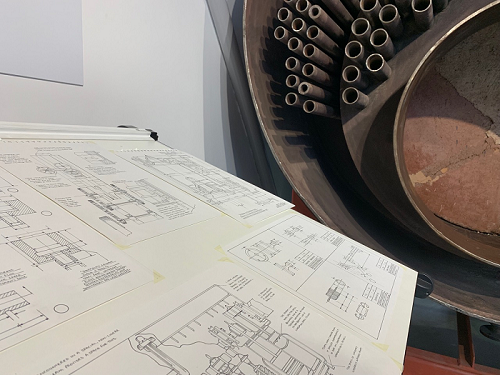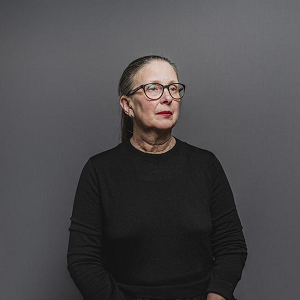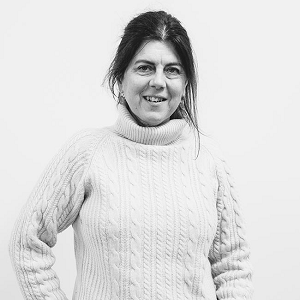Archives have an index and usually collections have an inventory. These unambiguous taxonomical devices are grounded in the idea that what they present is fact. Just as the dictionary and encyclopedia are structures to which we refer in order to be informed, so are the index and the archive. My research explores these formats in a creative context, and how they can be applied to blur the boundary between fact and fiction. By doing this l consider the suggestion that nothing is actually ‘true’ in the archive; everything is dependent on context and the individual subjectivity of the viewer.
As mentioned by Michel Foucault in The Order of Things, the index is simply a list of words, however it also provides an environment in which unicorns can live side by side with unicycles, and yoga with yogurt. I see this as an area in which creativity can be given free reign, in order to challenge the notions of factual taxonomies and give the imagination space to exert its self.

I have a strongly invested interest in the mundanity of everyday life and, following this, I seek out the personal, banal stories from within the archive and consider them as being as credible as bigger historical events. Walter Benjamin states that, ‘history breaks down into images, not stories.’ I dispute this statement, and test how both images and stories can be used in conjunction in order to offer a new version of a history.
My work is often presented in the form of a book, or a set of books. The way a book is bound and its overall aesthetic can be manipulated to precondition the reading of it. Writing, both factually, and creatively, is a methodology I employ in both practice and theory, and short monologues often feature heavily in my work. I use creative writing as a way to test how accounts can be based in fact, yet semi-fictionalised at the same time. This outcome equates to the way that I view the archive. Certain key points, facts, figures and dates are anchors in personal histories, but everything surrounding these key points is a grey area, open to interpretation and our own individual embellishments.





